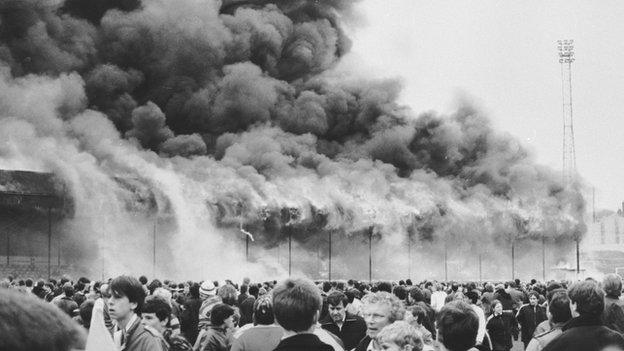We are Bradford: Things the city gave the world
- Published
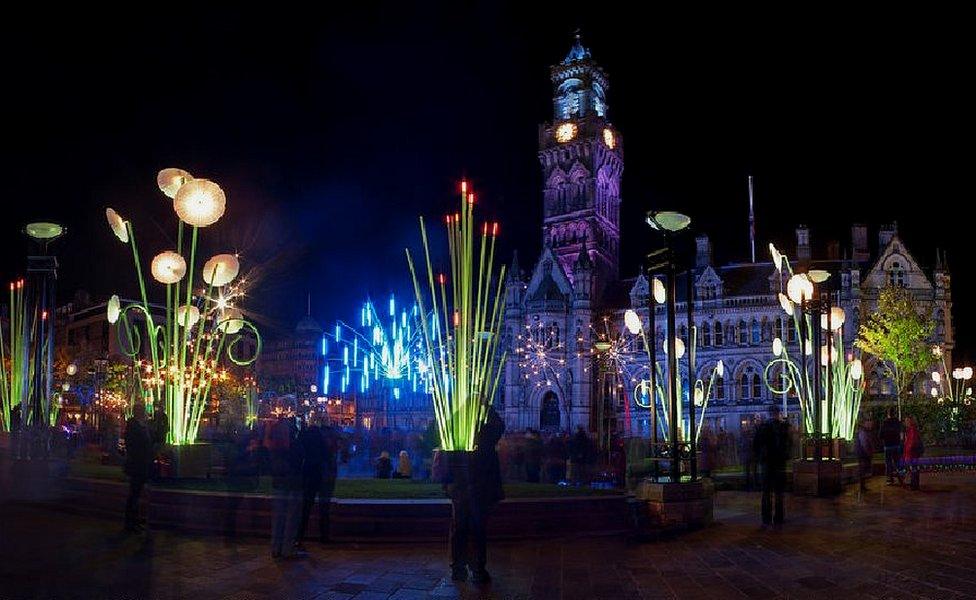
The BBC is running a week of news stories about Bradford on TV, radio and online on national and regional outlets
Bradford is a global city, home to a population of more than 500,000 people and 150 different languages. The BBC's We Are Bradford project is telling some of its stories.
The city is already known as an industrial revolution boom town that gave the world textiles. And its reputation for some of the finest curry restaurants in the UK is secure. But Bradford's legacy extends wider than that.
What else defines Bradford?

Free school dinners
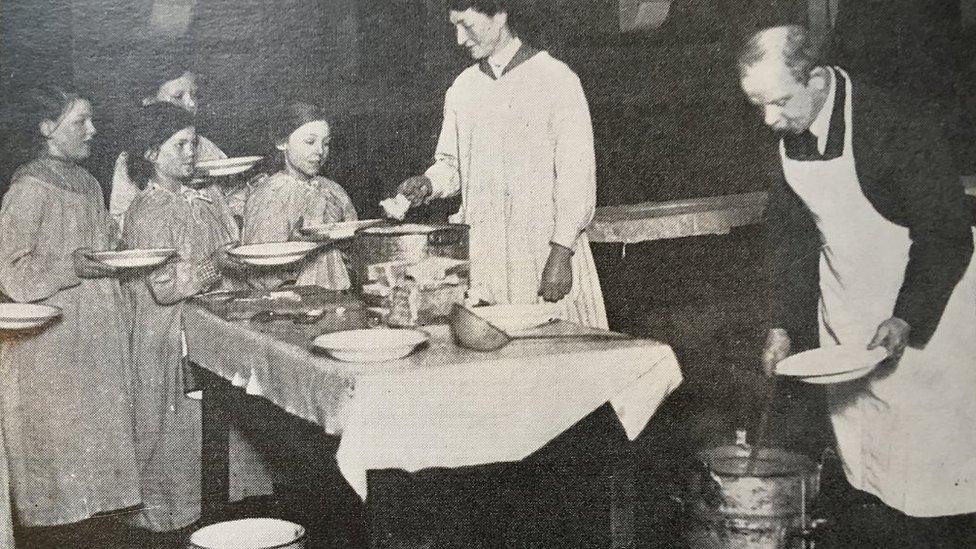
Scotch barley broth was spooned out at Green Lane Primary by head teacher Jonathan Priestley, father of Bradford writer JB Priestley
Bradford is believed to have been the first UK city to offer its poor children free school meals.
The first meal, of scotch barley broth and fruit tart, was served to pupils at Green Lane Primary School in Manningham on 28 October 1907.
Although records show Manchester provided some dinners for "destitute and poorly nourished children" as early as 1879, it's thought Bradford was the first city to offer an organised service for all pupils.
The scheme was set up after campaigners Fred Jowett and Margaret McMillan highlighted the high levels of poverty and malnourishment among the city's children.
"At the time there was a great depression in Bradford and the needs of the hungry were only being met by charity," says Si Cunningham, of the Bradford Civic Society.
"Fred Jowett and Margaret McMillan saw this as a real injustice so started a public campaign - they thought education was a waste of money if children were hungry."
Teachers immediately noted an improvement in the children's physical health and behaviour, with Jowett, then MP for Bradford West, pushing for a national school meals programme.
Pressure on the government prompted the passing of the Education (Provision of Meals) Act, with local authorities given grants to fund half the cost of meals.

The Bradford sling
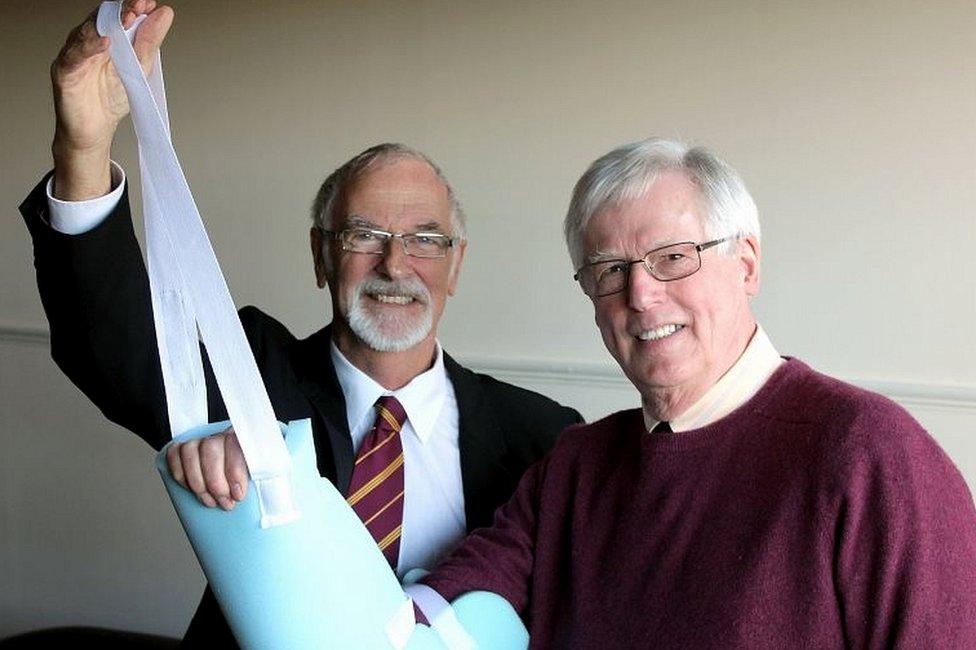
Prof David Sharpe demonstrating the Bradford sling with BBC Countryfile's John Craven
Prof David Sharpe was a newly-qualified plastic surgeon when a fire broke out at Bradford City's Valley Parade ground on 11 May 1985, killing 56 people.
He treated many of the injured in the immediate aftermath and went on to treat more than 200 people who suffered burns in the disaster.
While treating the injured he found it was crucial to keep swelling down by keeping the hand elevated. However, conventional fabric arm slings did not do this when a patient was lying in a bed with other injuries.
In the weeks after the fire, a plastic surgery and burns research unit was founded at the University of Bradford to develop new treatments.
Prof Sharpe, who was the director of the unit until retiring in 2013, developed the "Bradford sling" while working there.
Made from foam and Velcro straps, the simple design aids recovery, applies even pressure over the arm and can either be suspended beside the bed of the patient, or can be held against the patient's body.
Ajay Mahajan, who took over as unit director, says it was used "after every hand operation".
"It's a very simple device that emanated from Bradford and has revolutionised the management of hand injuries or operations worldwide."

An infamous hoax
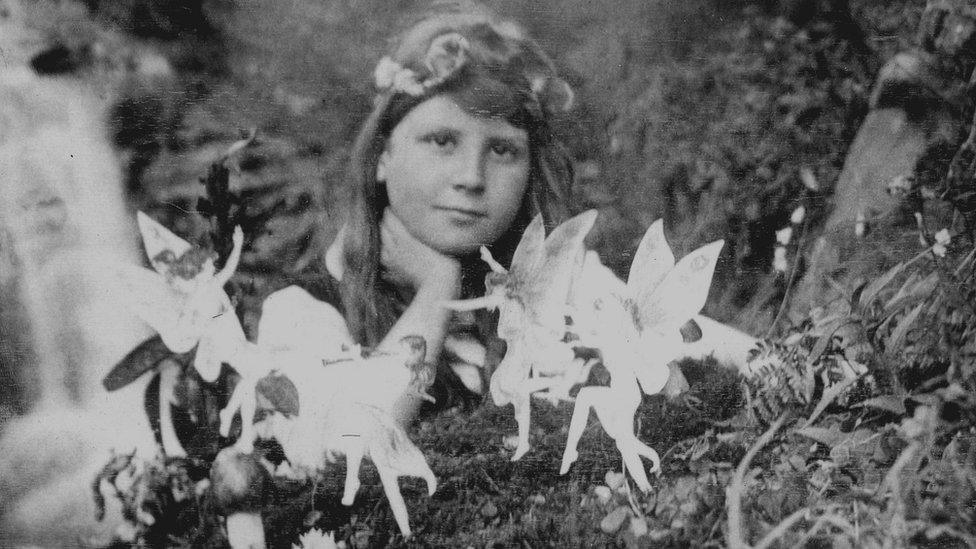
Sherlock Holmes author Sir Arthur Conan Doyle was convinced the photographs were genuine
After borrowing her father's camera, teenager Elsie Wright and her young cousin Frances used paper cut-outs and hatpins to create some "supernatural" friends.
The 1917 images, taken near a stream at the end of her garden in the suburban village of Cottingley, show Frances with four dancing fairies and Elsie seated with a dancing gnome.
Years before other famous photographic frauds such as the Loch Ness Monster or Big Foot, it's thought the images were simply an elaborate bid for the children to deflect blame for their muddy clothes.
Geoff Belknap, head curator at the National Science and Media Museum in Bradford, says: "It's easy to look back now and say they're obviously faked, but remember there was no television and it was a very different visual world at that point."
You may also be interested in:
A public controversy ensued, with leading scientists and writers voicing their opinions in support of and against their authenticity.
World War One was nearing its end when the photographs were taken, with people "wanting to believe" in the supernatural at the time to connect with killed loved ones, Mr Belknap says.
"They bring up many questions overlapping with modern fears connected to the media and trust."
Frances always maintained the fairies were real but in 1983, five years before her death, Elsie admitted they had been faked.

Britain's first - and last - trolleybus service
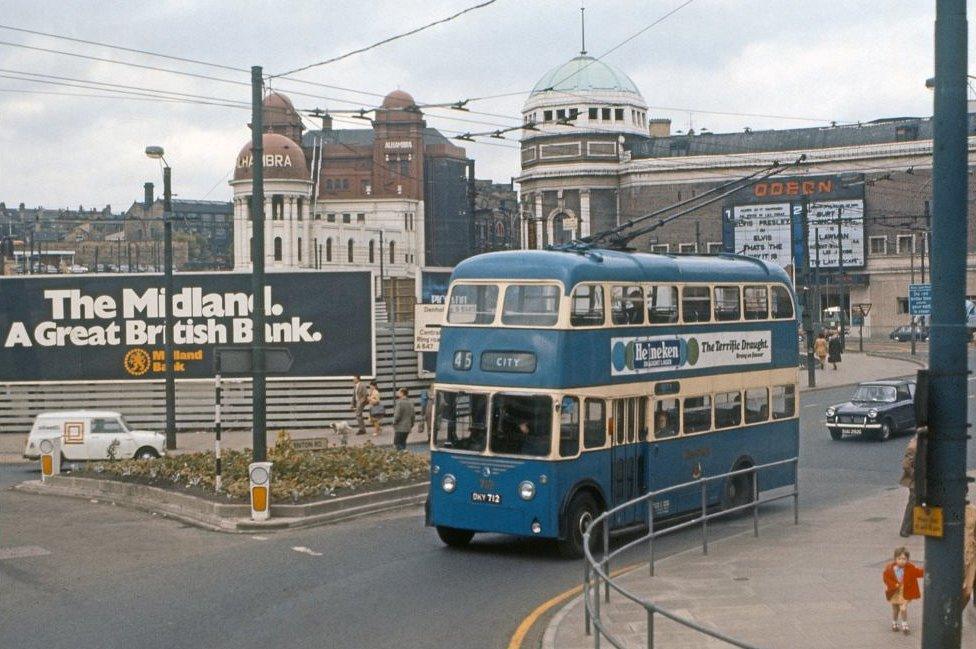
Trolleybuses were a common sight in Bradford for more than 60 years, from June 1911 to March 1972
During the early 20th Century, a web of overhead wires was strung above Bradford's streets to help introduce a flexible, quick and affordable form of mass transportation to the city.
Its aging Victorian tramway system had seen a decline in use and local politicians were reluctant to invest in it any further, so had looked abroad for inspiration.
"Many towns had shown an interest in improving transport and introducing new technology, but it was Bradford and Leeds who were most determined," says Lauren Padgett, of the Bradford Industrial Museum.
"A delegation went to the continent to investigate European cities with trolleybus systems."
The vehicles, painted distinctively in blue and cream, became an institution in the city, with journeys sometimes delayed when the trolley poles fell off the overhead wires.
"It usually happened if trolleybuses were going too fast when approaching switches, with drivers reconnecting them using an insulated pole," the assistant curator said.
Despite being quieter and greener than motorbuses, eventually the demand for new routes became too great for the trolleybus and it was fully replaced by its diesel-powered counterpart by 1972.

The rugby champions who switched sport

The Manningham side won the first ever Rugby Football League championship when it was known as the Northern Union
Bradford rugby club Manningham were a talented side who went down in history as the first ever champions of the Rugby Football League in 1896.
But only seven years later, the shape of the ball changed when the club's owners decided to ditch the region's most popular sport and relaunch as football side, Bradford City AFC.
"The club started to suffer financially and soccer was becoming a hugely popular sport, much like it is today," says sports historian Tony Collins.
"The people running Manningham were ambitious and thought the best way to boost the city on a national stage was to switch."
After pledging allegiance to the beautiful game, the club stood the test of time and Bradford City are still competing - in the third tier of English football - 116 years later.
"It was the first time a team was admitted to the Football League without ever playing a match," Mr Collins adds.

A decade as City of Film

Gold, starring one of Bollywood's biggest stars Akshay Kumar, was partly filmed in Bradford
Despite lacking the glamour of Los Angeles or a world-renowned film festival like Cannes or Venice, Bradford defied the odds to be named the world's first Unesco City of Film 10 years ago.
Its successful pitch was said to be down to its film heritage, its regular use as a location for recording and the city's National Media Museum, now called the National Science and Media Museum.
Bradford filmmaker Suman Hanif says the title has given her home city added weight in the creative industries for the past decade.
"It's empowered many local filmmakers to gain international recognition for films right here in the city," she says.
"The organisation has also attracted many great films and TV productions to the city, which has resulted in a better media representation of the north of England."
It gave Bradford a place within Creative Cities Network, which boasts 180 locations across the globe and encourages business and education links.
After forming close ties with Qingdao, a fellow City of Film, plans are in place to film a Chinese adaptation of Bronte classic Jane Eyre shot in both China and West Yorkshire.
The production team for the 2018 film Gold, featuring Bollywood superstar Akshay Kumar, set up their base in the city for three months and recruited locals to get involved.
David Wilson, director of Bradford Unesco City of Film, says: "The people of Bradford got to be extras in this epic production, so moments like this really add a buzz, and spreads the word that it's an exciting place to be."
This article was created as part of We Are Bradford - a BBC project with the people of the city to tell us the stories which matter to them.
- Published4 October 2018
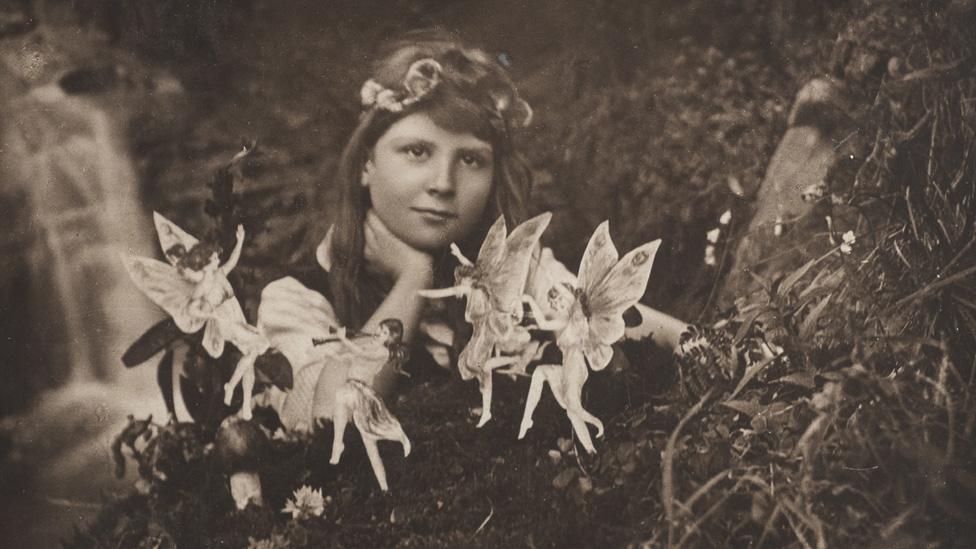
- Published26 April 2014
